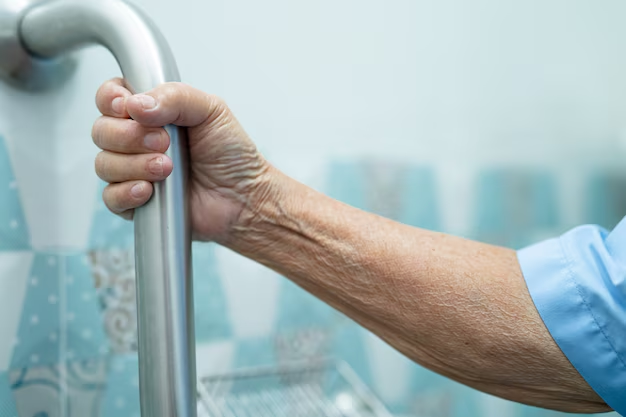Understanding the Journey of Parkinson’s Disease
Parkinson's disease is a complex condition that affects the brain's movement control. While it can start with subtle symptoms, the disease is progressive—meaning it develops and worsens over time. For those living with Parkinson’s and their loved ones, understanding how the disease unfolds is crucial for managing expectations and planning for future care.
What Are the Stages of Parkinson's Disease?
Early Stage
In the early stage, symptoms are generally mild and might include slight tremors in a hand or stiffness. During this time, Parkinson's might not significantly affect daily activities, and people might continue with their roles at work and home. However, diagnosis often happens at this stage as individuals seek medical advice for these new and unusual symptoms.
Moderate Stage
As Parkinson's progresses, symptoms become more pronounced and can affect both sides of the body. Tasks like walking, dressing, and eating may become more challenging. Balance disorders might develop, which increases the risk of falls. Medication adjustments are typically required to address these changes and manage symptoms effectively.
Advanced Stage
In its advanced stage, Parkinson's disease can severely impact daily life. People might require assistance with most activities and experience significant mobility issues. Non-motor symptoms, such as depression or cognitive changes, may also become more noticeable. Treatment may include a combination of medication, physical therapy, and possibly surgical interventions like Deep Brain Stimulation (DBS).
While there is currently no cure for Parkinson's, treatments are focused on improving quality of life through symptom management and lifestyle adjustments.
Navigating Life with Parkinson’s: Financial and Educational Resources
Understanding Parkinson's progression involves not just medical insight but also planning for the financial impact of long-term care. Treatment costs, caregiving expenses, and potential loss of income if one can no longer work require careful planning. Fortunately, several resources and programs are available to help.
Financial Assistance Programs for Parkinson’s Patients
Government Aid Programs
- Social Security Disability Insurance (SSDI): Provides financial assistance to those who can no longer work due to the disease.
- Supplemental Security Income (SSI): Offers monthly payments to adults and children with a disability or limited income.
- Medicare and Medicaid: Help cover a portion of medical expenses.
Insurance and Care Support
- Long-term Care Insurance: Can help cover care facility costs and in-home assistance.
- Veterans Benefits: Specialized programs for veterans with Parkinson’s.
Educational Opportunities for Caregivers
Online Courses and Certifications
- Opportunities to learn about caregiving techniques, mental health support, and adaptive strategies to better assist loved ones.
Local Support Groups and Workshops
- These often provide practical advice and emotional support from others who understand the challenges of Parkinson’s.
Navigating Parkinson’s disease doesn’t have to be a lonely journey. Leveraging these resources can significantly ease the financial burden and equip caregivers with the skills needed to provide compassionate care.
Helpful Resources for Financial and Care Planning
- 💼 SSDI and SSI: Apply for disability benefits to receive monthly assistance.
- 🏥 Medicare/Medicaid: Enroll to help offset medical and therapeutic costs.
- 🦸 Veteran Benefits: Special programs for veterans with access to specialized care.
- 🏠 Long-Term Care Insurance: Plan ahead for potential in-home or facility care needs.
- 📚 Caregiver Certification: Enhance skills with online courses for better caregiving support.
- 👥 Support Groups: Connect with local or online communities for shared experiences and advice.
By being informed and making proactive decisions, those affected by Parkinson's can lead fulfilling lives while managing the disease.

Related Topics
- Are There Environmental Causes Of Parkinsons
- Can Alcohol Cause Parkinson's
- Can Concussions Cause Parkinson's
- Can Concussions Cause Parkinson's Disease
- Can Dogs Get Parkinson's Disease
- Can Dogs Get Parkinsons
- Can Dogs Have Parkinson's
- Can Dogs Have Parkinson's Disease
- Can Females Get Parkinson Disease
- Can Head Trauma Cause Parkinson's